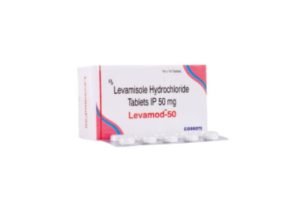
Aztreonam
Description:
Aztreonam is a monobactam antibiotic that is primarily effective against Gram-negative bacteria, including Pseudomonas aeruginosa. It works by inhibiting bacterial cell wall synthesis and is often used in patients who are allergic to penicillin.
Brand Names:
- Azactam
Dosage Forms:
- Available as a powder for injection, typically in 1 g and 2 g vials.
Uses:
- Treatment of infections caused by susceptible Gram-negative bacteria, including:
- Complicated urinary tract infections.
- Respiratory tract infections.
- Intra-abdominal infections.
- Sepsis.
Dosage:
- Adults:
- 1 to 2 g IV every 8 to 12 hours, depending on the severity and type of infection.
- Children:
- Dosing is weight-based and should be determined by a healthcare provider.
Side Effects:
- Common: Nausea, vomiting, diarrhea, headache.
- Serious: Allergic reactions (anaphylaxis), elevated liver enzymes, and, rarely, renal toxicity.
Contraindications:
- Known hypersensitivity to aztreonam or other beta-lactam antibiotics (though cross-reactivity is low with penicillins).
- Caution in patients with a history of significant allergic reactions.
Drug Interactions:
- May enhance the nephrotoxic effects of other drugs (e.g., aminoglycosides).
- Use caution with anticoagulants, as aztreonam may affect coagulation parameters.
Special Considerations:
- Monitor renal function, particularly in patients with pre-existing conditions.
- Use in pregnancy and breastfeeding should be evaluated on a case-by-case basis, considering benefits and risks.
- Aztreonam can be used safely in patients with penicillin allergies due to its unique structure.
Conclusion:
Aztreonam is a valuable antibiotic for treating serious infections caused by Gram-negative bacteria, especially in patients with penicillin allergies. Its targeted efficacy and low cross-reactivity make it a suitable option in clinical practice. Careful monitoring for side effects and renal function is essential to ensure patient safety and treatment success.







